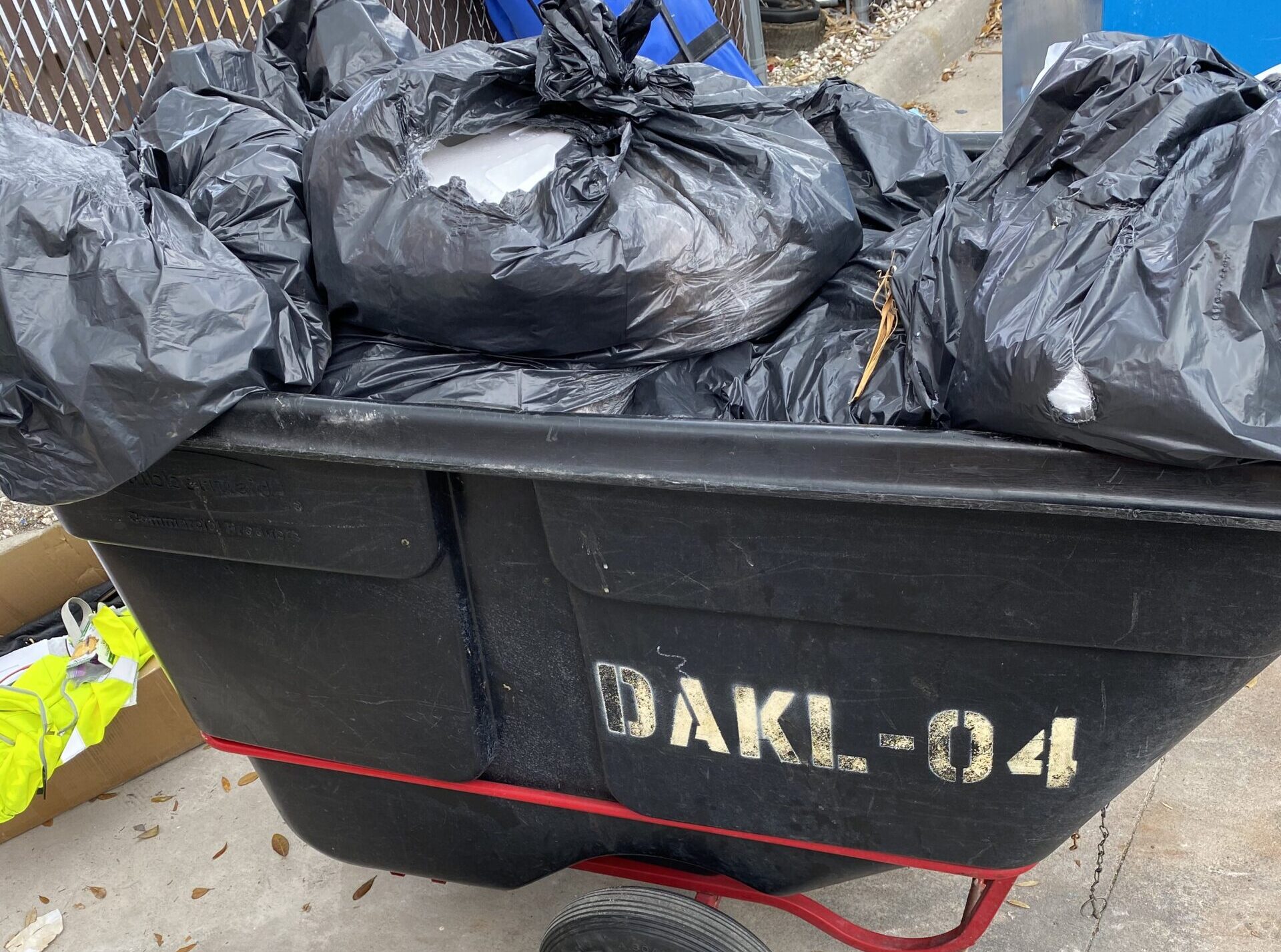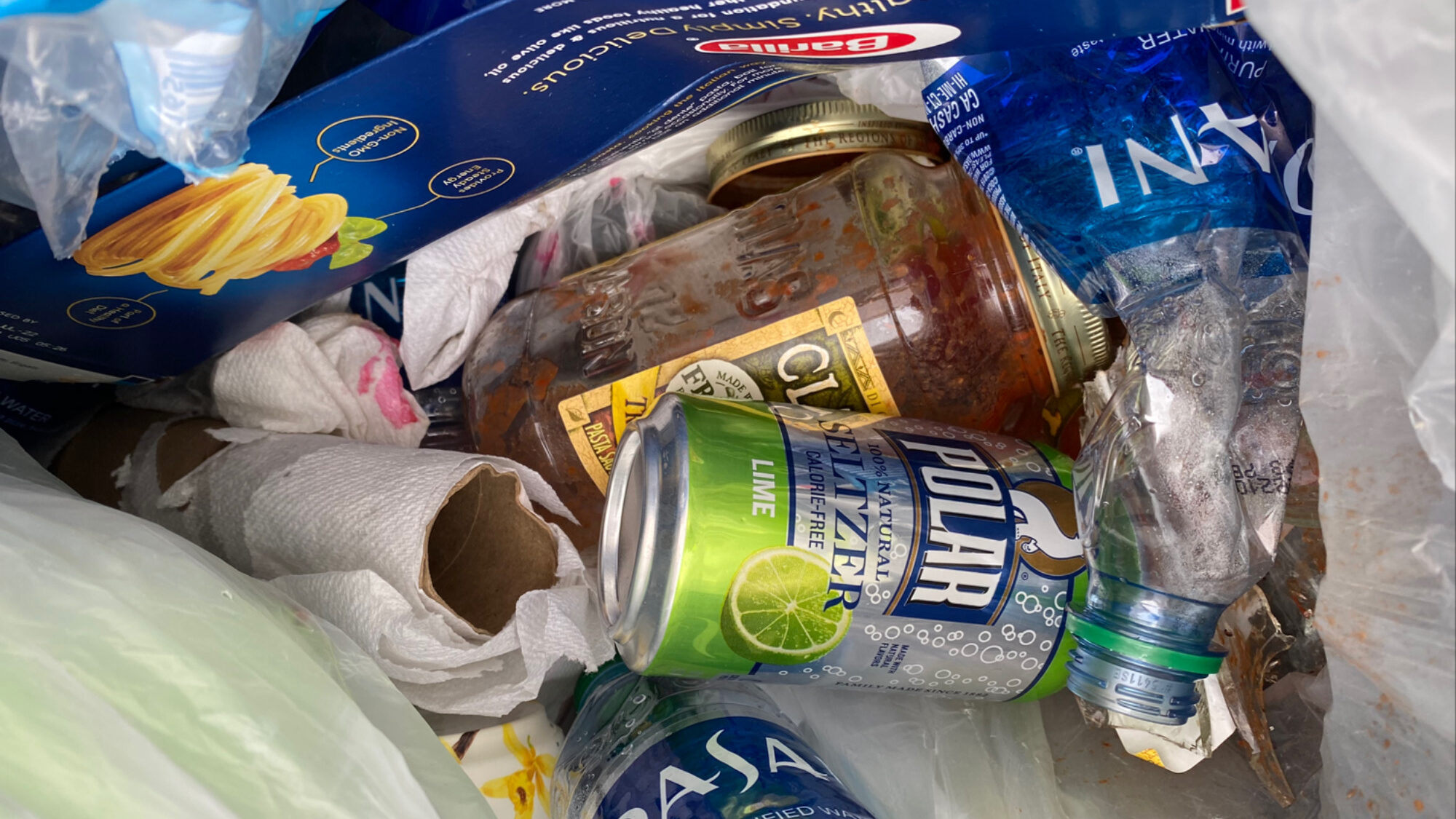

Reducing Carbon Footprint
We are passionate about tackling climate change and reducing the environmental impact on the world. From mining for materials to creating products from waste, there are areas where efficiencies can be improved to reduce our carbon footprint and the overall impact on the environment.
By giving value to feedstock streams that are currently not fit for purpose, we are able to consider more readily available material with reduced costs, carbon footprint and environmental impact for use in existing practices
Improving the efficiency and effectiveness of what we do today has been our starting point, whilst collaborating with experts market leaders to go even further with the potential for tomorrow
Working together with the different industry communities’ allows for the knowledge and experience of other’s to drive us forward with our vision
We believe that with the right people, technology and innovation we are able to solve the problems of alternative fuels, as well as create consistency and reliability across different sectors
Creating products from the flock achieves zero to landfill opportunities, and pushes us further towards the goal of net zero
We immediately divert from landfill by the nature of the process as the Converter reduces the weight of the material by 50%
We aim to reduce the logistical pressures of transporting material by reducing the volume by 80%. This reduction in volume also creates CO2 trade offs around fewer collections and truck miles on the road, as well as on-site hauls. This can also create fee earning potential from areas previously used for storage
Capturing and reusing the water harvested from the material is another way the Converter reduces carbon footprint
In doing this we aim to provide the manufacturing industry with high-grade alternatives to virgin material
With no emissions released, and with all resultant products collected and reused, the Converter achieves zero to landfill and in doing so changes the paradigm of waste management and waste disposal
We are also deploying the Converter across different industries for further carbon displacement, either as soil regeneration, carbon sequestration or projects based around substitute soils






